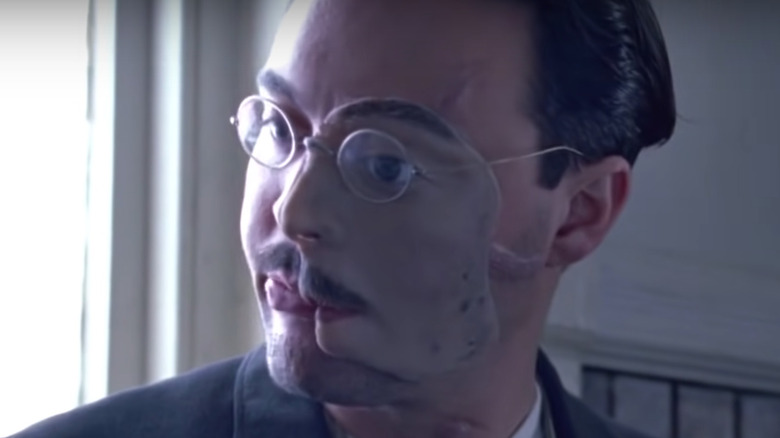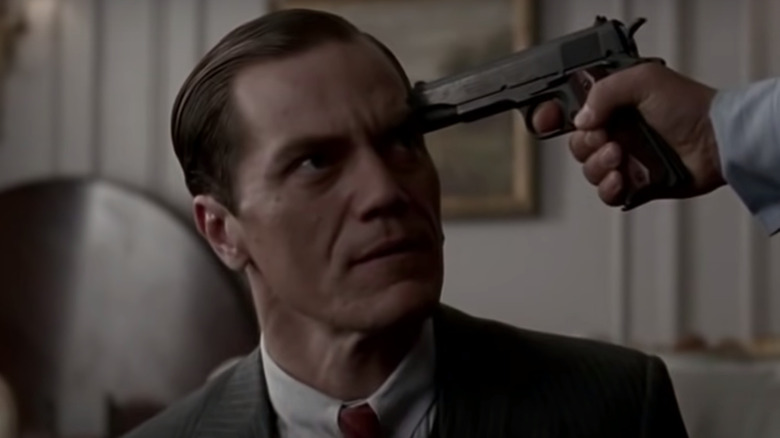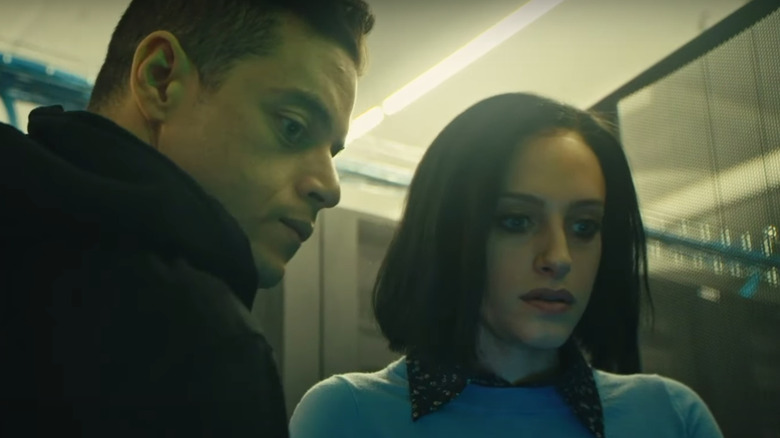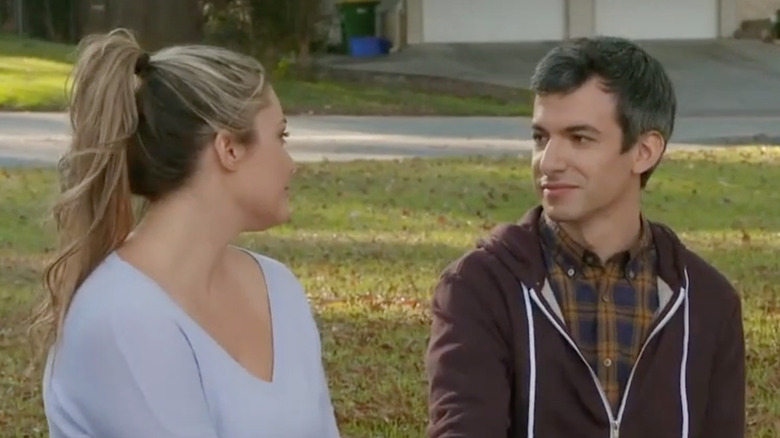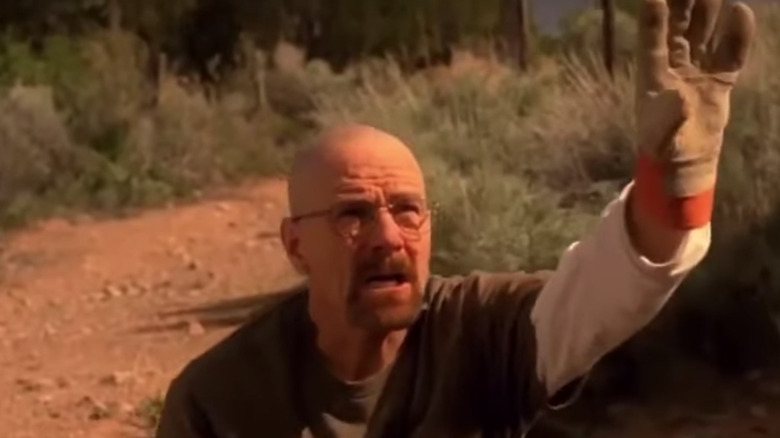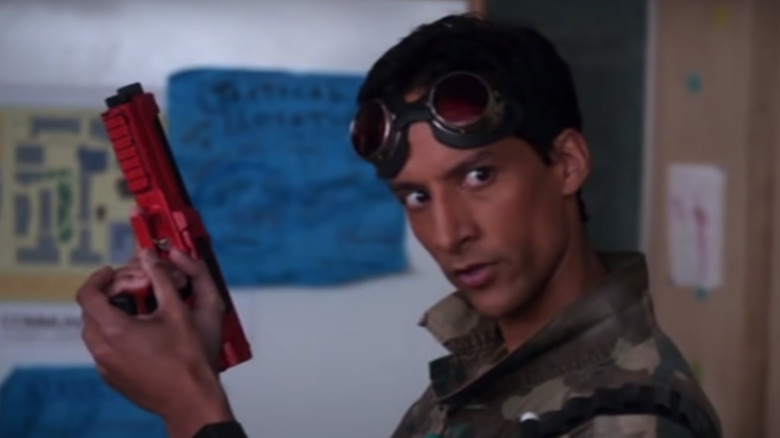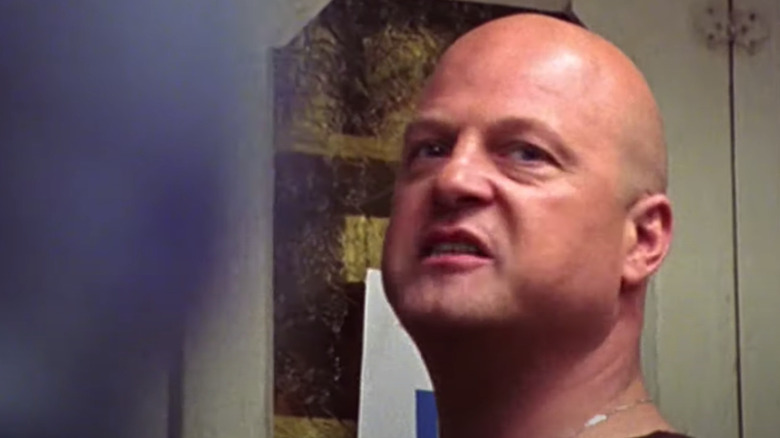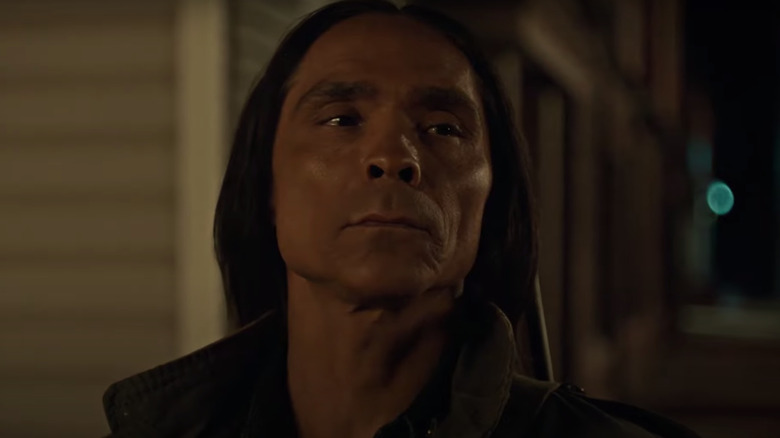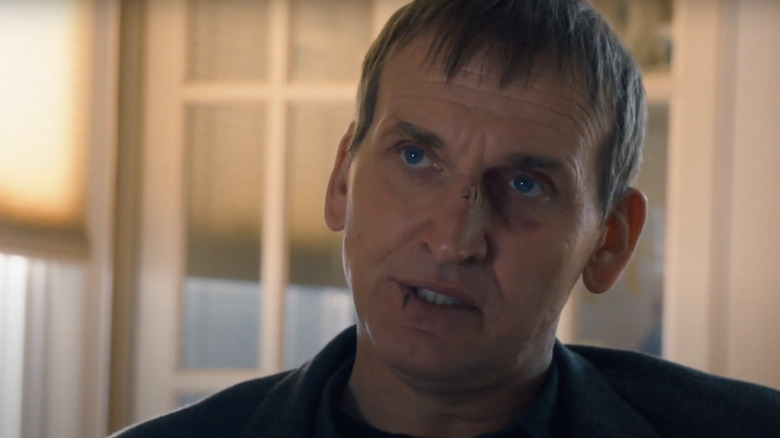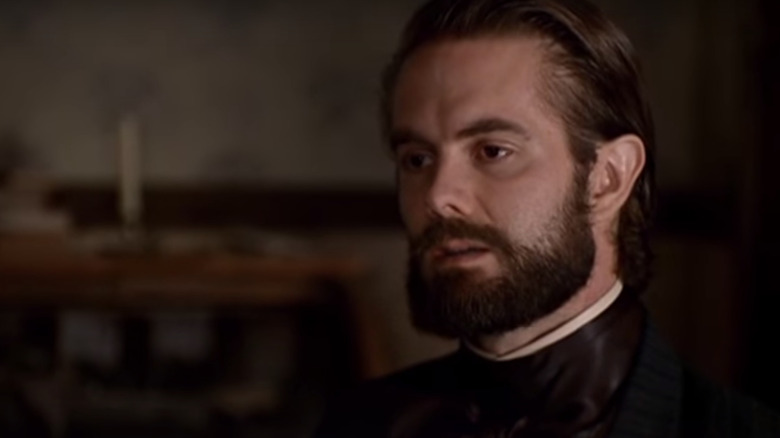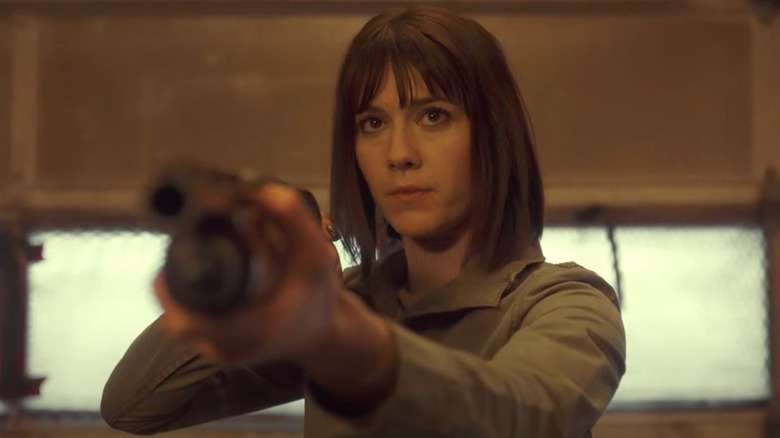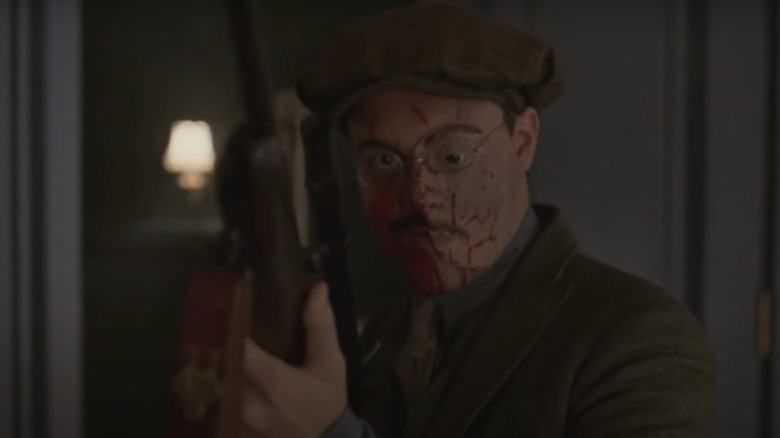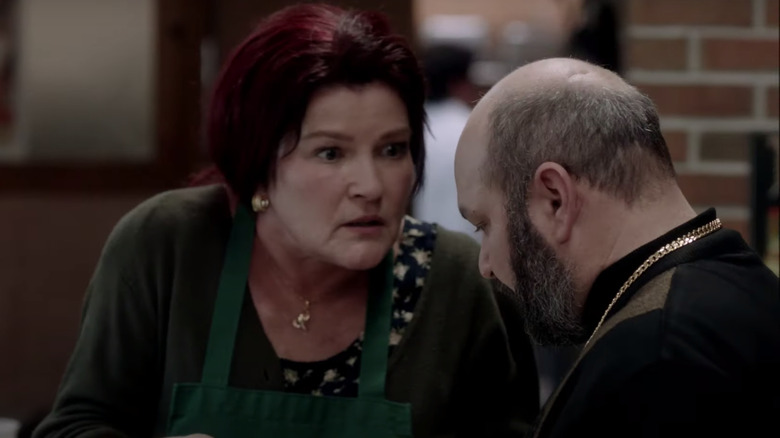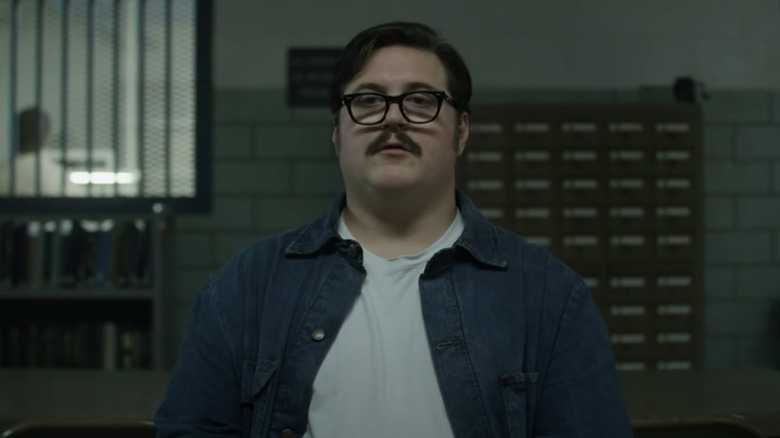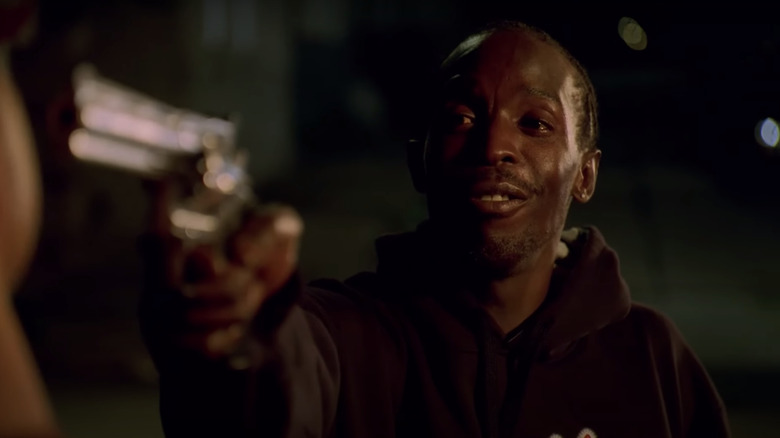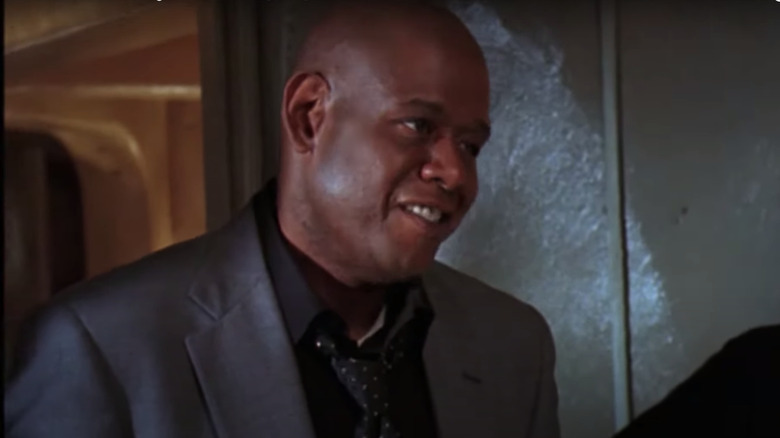TV Subplots Better Than The Actual Plot
One of the strengths television has over film as a medium is its expanded runtime. This roominess can be used to develop characters, delve into backstory, and explore complex subplots at greater length. Occasionally, viewers are treated to a subplot so good, it winds up eclipsing the main story. Even within all-around-excellent television shows, these stand-out storylines often end up becoming the thing that keeps fans coming back, episode after episode. From FX to HBO and from streaming to primetime, TV writers know how to get the most mileage possible out of fan-favorite characters and B-stories.
Some of these spectacular subplots are contained within a single episode of a multi-season show, while others stretch across an entire series-long arc. Many revolve around secondary characters who truly shine when given the spotlight, though some hinge on unique gimmicks that work best in one-and-done episodes. The very best of them are remembered long after the series is over. These are the TV subplots so captivating, they might just be better than the actual plot.
Boardwalk Empire - Nelson Van Alden's fall from grace
HBO's "Boardwalk Empire" makes vivid use of its many characters. While Steve Buscemi's gripping portrayal of Prohibition-era gangster Nucky Thompson is front and center, the show also features numerous subplots rooted in its expansive secondary cast. In fact, there are too many excellent subplots in "Boardwalk Empire" to cover in one list.
Though the series is full of dynamic figures, no individual undergoes a more drastic character arc than Nelson Van Alden, portrayed by the always-excellent Michael Shannon. This is a man who begins the series as a puritanical Prohibition agent, before going on the lam to evade arrest for the murder of his partner. He assumes the false name George Mueller and becomes a hired thug for the very gangsters he initially tried to take down, even coming into violent conflict with Al Capone. It's rare to see such a monumental character shift occur in a show's lead character, let alone in a supporting part.
Mr. Robot - The silent episode
Each season of "Mr. Robot" brings new and engrossing subplots to the table. Some of the most interesting episodes hinge on unique presentation, such as Season 2's "eps2.4_m4ster-s1ave.aes" and Season 3's "eps3.4_runtime-error.r00." These installments are presented in the style of a '90s sitcom and a single continuous take, respectively. Never content to rest on its laurels, "Mr. Robot" ups the ante even further with Season 4's "405 Method Not Allowed," also known as the silent episode.
"405 Method Not Allowed" is home to the most intense and action-packed subplot of the show's final season. Elliot and Darlene need to pull off a dangerous hack from within the server room of a guarded building. At the beginning of the episode, Darlene says just one line to Elliot: "We don't have to talk." Things proceed to unfold without a single line of spoken dialogue. The very last moment of the installment closes things out with a second bit of dialogue from Vera, who says, "It's time we talk." These two lines serve as perfect bookends, conveying a pivotal subplot in unforgettable style. Series creator Sam Esmail told Entertainment Weekly that the idea for the episode arose naturally from the story's themes. This fluid integration of style and substance pays off in a major way.
Nathan For You - The escort service
"Nathan For You" begins as a reality-style comedy series, in which creator and star Nathan Fielder approaches struggling small businesses with outside-the-box ideas. Each season changes the series' format, which allows for enormous growth. This ultimately makes "Nathan For You" an insightful source of social commentary and criticism, which comes to a head in the series finale, "Finding Frances."
This climactic episode, which spans 84 minutes, follows Bill Heath, a Bill Gates impersonator who has made previous appearances on the show, as he looks for his long-lost love, the titular Frances. The main plot is a fascinating character study and hilarious road-trip comedy, but a subplot that dives deep into Nathan Fielder's psyche and the human condition at large is especially memorable. This plot thread follows Nathan's romantic entanglement with a professional escort. Though it begins as a brief aside, it eventually breaks off into its own narrative, which blurs the lines between fact and fiction in endlessly thought-provoking ways. The nature of love, relationships, persona, and the very act of recording the show itself are all put under the microscope. What results doesn't just surpass the main storyline — it blows past what anyone could have expected from this Comedy Central show.
Breaking Bad - The train robbery
"Breaking Bad" is widely considered to be one of the best television shows ever created. So when series creator Vince Gilligan and his team of writers decide to spend an entire episode focused on a subplot, you better believe they're going to come up with gold. Just like the famous Season 3 bottle episode "Fly," Season 5's "Dead Freight" feels like a bit of a diversion from the main narrative. The overarching plot does move forward, but far more time is spent lingering on the subplot, which is expanded upon until it encompasses the entire episode. Just as it does in "Fly," this turns out to be a great decision.
"Dead Freight" is likely better known as the train robbery episode. The motivations behind this train robbery tie directly into the main plot, but the machinations of the robbery itself are explored so thoroughly, the event balloons into a full-blown episode-long story. The central sequence is so tense, complex, and high-stakes, it almost feels like a self-contained bank heist caper, rather than an episode of an ongoing series. This enthralling intensity makes "Dead Freight" shine as one of the best episodes of the entire series.
Community - Paintball
There are very few sitcoms that take as many chances as "Community" does. Never content to settle into a rhythm, the series contiuously innovates throughout its six-season run. Though many side stories and single-episode adventures stand out, the fan-favorite paintball subplot leaves the strongest impression. The first paintball episode, Season 1's "Modern Warfare," marks a drastic stylistic shift and sets the stage for future departures. Without sacrificing humor or character development, "Modern Warfare" transforms Greendale Community College's campus into a near-apocalyptic battleground. "Fast and Furious" director Justin Lin was brought in to direct the episode, which results in surprisingly tense and exciting paintball shoot-outs.
"Community" goes on to revisit the paintball subplot a handful of times over the course of the series. Season 2 expands the format and switches up the thematic stylings even further in "A Fistful of Paintballs" and "For a Few Paintballs More." The paintball game takes on a spaghetti-western theme in the first episode, and a lighter, "Star Wars" influenced vibe in the second. While the paintball subplot isn't entirely absent from the next couple of seasons, it's relegated to smaller scenes or references, rather than full-fledged episodes. Luckily, Season 6 brings the full-length paintball format back for one last colorful blast in the spy-themed "Modern Espionage."
The Shield - The money train
It's rare for a subplot to have massive ramifications that ripple throughout the rest of the series, but that's exactly what happens with the money train on "The Shield." Though the aftermath of the money train robbery becomes a central conflict throughout Season 3 and beyond, this storyline begins as a subplot in Season 2. The robbery itself plays out in the season finale, "Dominoes Falling," compounding the tensions of the main plot, which revolve around investigations into Vic and the strike team.
The money train narrative doesn't just eclipse the main plot — it ends up becoming so developed, it merges with it. The robbery is a major event in the lives of each strike team member: Once they cross this line, they are unable to go back. Even when this storyline isn't front and center, it colors everything the strike team does. This regrettable action becomes an ever-present shadow that looms over their heads, forecasting their eventual downfall.
Fargo - Hanzee's betrayal
"Fargo," a TV adaptation of the excellent Coen Brothers film of the same name, is far from a sure-fire idea, in concept. But this outstanding production exceeds every possible expectation. An anthology series, each season is unique, featuring a different cast of characters and time period. Much of the drama of Season 2, which is set in the 1970s, revolves around the Gerhardt crime family. One of their biggest assets — read: best killers — isn't actually a member of the family, however. Hanzee Dent, a Native American Vietnam War veteran indebted to the Gerhardt family, has served them well for many years. He also happens to be one of the show's most fascinating characters, and is at the heart of the season's most compelling subplot.
After suffering through constant disrespect and abuse at the hands of the Gerhardts, Hanzee finally decides he's had enough. When he snaps, he doesn't just turn on the Gerhardts — he sets off on an indiscriminate killing spree, which comes to be known as the "Massacre at Sioux Falls," an event foreshadowed in Season 1. Hanzee's subplot briefly brushes up against the show's UFO subplot as well, but that's a whole different conversation. This storyline stands out as especially impressive, even within a show absolutely crowded with excellence.
The Leftovers - A priest walks into a casino
"The Leftovers" boasts a fantastical premise: Two percent of the world's population vanishes in the blink of an eye. To fully explore the ramifications of this inexplicable event, the show makes use of an extremely large cast of characters from many different walks of life. The first two episodes do a good job of setting up this plethora of personalities and establishing the interpersonal drama between them. Then, the third episode comes along and shakes up the formula before it can settle into a rhythm.
Episode three, "Two Boats and a Helicopter," follows a single character for the majority of its runtime: Reverend Jamison (Christopher Eccleston), an Episcopalian priest who is struggling to scrounge up the funds needed to keep his church from being seized by the bank. The drama established in the first two episodes is put on pause to focus solely on this subplot, which eventually sees him grapple with his faith as much as his finances. The isolated nature of the episode, along with its tight focus and deliberate pacing, makes "Two Boats and a Helicopter" feel like a top-notch drama, with a hint of magical realism. This results in one of the finest hours of television "The Leftovers" ever offers up.
Deadwood - The disturbed Francis Wolcott
"Deadwood" pulls a great deal of influence from the history of the real Deadwood, resulting in a seamless blend of fact and fiction. The series has a knack for juxtaposing fictitious characters like Cy Tolliver and Doc Cochran with real historical figures like Seth Bullock, Wild Bill Hickok, Calamity Jane, and Al Swearengen. One character straddles the line between truth and make-believe: Francis Wolcott. Though his assigned task is historically accurate and his employer, George Hearst, was a real person, Francis Wolcott himself is entirely made up.
Regardless of his fictional status, Francis Wolcott's actions make for what is easily the most gripping subplot of Season 2. He's a difficult man to get a handle on, being erudite in appearance, yet sick and twisted when he flies off the handle. This unique balance is pulled off by the excellent character actor Garret Dillahunt, who appeared in Season 1 as Jack McCall, slayer of the infamous Wild Bill Hickok. Even though both of his characters are killed off in the series, Dillahunt still made his way into 2019's "Deadwood: The Movie" — albeit in the less showy role of "Drunk Number Two." When someone pulls off a character like Wolcott, you find a way to get him into the film.
Fargo - The evolution of Nikki Swango
Season 3 of "Fargo" delivers a number of compelling subplots, but Nikki Swango's evolution stands head and shoulders above the rest. Part of what makes this subplot shine so brightly is how unexpected it is. While Carrie Coon, David Thewlis, and Ewan McGregor — pulling double duty as a pair of brothers — share the spotlight, Mary Elizabeth Winstead, who plays Nikki, initially feels like a supporting player. She's interesting from the get-go, but much of the first half of the season portrays her as second fiddle to her main-character romantic partner, Ray Stussy (Ewan McGregor).
As the season progresses, however, everything changes. Nikki undergoes a butt-kicking transformation that takes her from small-time parolee to the sort of hardened criminal who negotiates pricey and dangerous deals and takes down V.M. Varga's crime syndicate. Along the way, she enjoys the help of Season 1's Mr. Wrench, who she meets aboard a prison transport bus. Communication between them is limited, as Mr. Wrench is deaf, but after the two are handcuffed together and put through a veritable trial by fire, they prove to make an unforgettable team.
Boardwalk Empire - Richard's killing spree
"Boardwalk Empire" is filled with complicated characters, but Richard Harrow might just be the most complex. A skilled sniper, World War I left him disfigured and ostracized. Even wearing a tin faceplate isn't enough to keep him from looking like a monster to those around him. Unable to integrate back into ordinary life, he goes back to doing what he does best: killing. Despite his soft-spoken personality and kind heart, Richard Harrow is a cold-blooded murder machine when pointed in the right direction.
There are many great moments centering Richard Harrow, but the character's finest hour unquestionably arrives in Season 3's rescue mission subplot. This storyline, which features some of the most brutal deaths in "Boardwalk Empire," sees Richard attempt to save little Tommy Darmody from a mansion swarming with gun-toting gangsters. This seems like a hopeless endeavor, but Richard doesn't care: His friendship with fellow veteran Jimmy Darmody is one of the only genuine human connections Richard is able to form after the war leaves him physically and emotionally scarred. After Jimmy is killed, Richard will stop at nothing to protect his son. Watching him follow through is breathtaking.
Orange is the New Black - Red's flashbacks
"Orange is the New Black" quickly became one of Netflix's biggest early successes. The show's strength lies in its massive cast: What begins as a series centered around Piper Chapman (Taylor Schilling) expands to become a true ensemble production, where many characters are treated with the same level of care and focus Piper receives in the first few seasons.
Main characters are initially fleshed out in spotlight episodes, which give them their own subplot. These subplots are accompanied by flashbacks, which explore an earlier portion of the character's life and often mirror their present circumstances. One of the first characters to receive this treatment also manages to leave one of the biggest impressions. Red (Kate Mulgrew), whose real name is Galina Reznikov, runs the prison kitchen and is one of the most powerful figures on the show. She enjoys multiple flashbacks over the course of the series, which round out her backstory as a Russian immigrant who runs afoul of the mob. Her flashbacks even continue into the show's final season, cementing how vital her pre-prison subplot is to the overall narrative of the series.
Mindhunter - The Ed Kemper interviews
"Mindhunter" feels very much in line with producer and director David Fincher's serial killer films, especially "Se7en" and "Zodiac." In fact, the show's color palette, expert use of visual effects, mechanical precision, and dark fixations position it as something of a culmination of Fincher's directorial style. Yet it also stands on its own two feet as a distinct work.
The entire series is enthralling, with a plot that revolves around the inception and development of the FBI's criminal profiling program. Naturally, there are plenty of opportunities to explore dark subplots involving infamous real-life serial killers. From the Son of Sam to Charles Manson, "Mindhunter" delivers plenty of memorable stories featuring actors meticulously made up to resemble these real-world villains. Perhaps the serial killer most closely associated with the show is Ed Kemper, played brilliantly by Cameron Britton. Kemper's subplot is so captivating, he manages to feel like a main character, despite only appearing in four of the show's 19 episodes.
The Wire - Omar vs. the Barksdales
"The Wire" is hailed by many as one of the most perfect TV shows ever made, yet it was criminally underviewed during its initial airing. As the BBC reported, the series "was dwarfed by 'The Sopranos' in its viewing figures, and every season [struggled] to get recommissioned." Luckily, "The Wire" was discovered by a larger audience, leading to widespread acclaim. While the show's main plot often revolves around the Baltimore Police Department's Major Crimes Unit, it also indulges in a number of complex subplots. One of the most thrilling centers around a fan-favorite character: Omar Little, played by the electric Michael K. Williams.
Omar Little can be described in a number of ways. You could call him a stick-up artist, a vigilante, or a modern-day Robin Hood, as he steals from drug kingpins for the benefit of his at-risk community. Over the course of multiple seasons, a subplot tracking the feud between Omar and the drug-dealing Barksdale crew slowly, steadily simmers. Omar's notorious, near-mythic reputation is ultimately put to the test as the feud boils over into an all-out war. Television has never been more gripping.
The Shield - Kavanaugh's investigation
"The Shield" brings on a number of recognizable faces for major guest-starring roles, including Glenn Close as Monica Rawling in Season 4 and Anthony Anderson as Antwon Mitchell in Seasons 4, 5, and 6. One big-name guest star who leaves an indelible mark on the series is Forest Whitaker, who plays Internal Affairs investigator Jon Kavanaugh. This character and his corresponding subplot runs parallel to one of the series' overall narrative hooks, but it goes about things in a decidedly different manner.
Ultimately, Jon Kavanaugh goes through one of the series' biggest character arcs. He changes from a working professional attempting to root out police corruption to an unhinged maniac with a personal vendetta against Vic Mackey after the crooked cop sleeps with his damaged ex-wife. Forest Whitaker's magnificent performance is key to this storyline's success: As Kavanaugh's desperation to catch Vic rises, his entire demeanor changes. He transformation into a different man is a physical, emotional, and mental one, and the foundation of one of the show's greatest-ever storylines.
